In the previous blog, I discussed very important topics, and this time I have another must-read for you.
This time, it's about signals; next time, we'll talk about vacuum tubes.So, read carefully and make sure to save it!
...What? You’re wondering about the Fuzz? ...Just wait for the next next issue in silence.
As part of my job, I investigate various equipment issues, but one thing that often goes misunderstood is the difference between balanced and stereo signals. It's surprising that even PA technicians and music store staff sometimes can't explain this properly.
My guess is that this confusion arises because people tend to identify signal types based on the plugs.
To explain it clearly, when transmitting sound electrically, you always need two cables for the signal:
positive and negative. With at least these two, sound can be transmitted (e.g., the cable for guitars and basses, or the cables connecting to speakers).
Regardless of the sound's volume, type, or impedance, it always involves a positive and a negative.
Humans are always seeking convenience, and their demands can be quite audacious.
One person thought to use headphones to play different sounds in the right and left ears to create an immersive stereo experience.
To do this, you would need four cables: positive and negative for the right speaker, and positive and negative for the left speaker.
However, it didn't make sense to have four cables dangling from both ears like some kind of native tribesperson, so they decided to combine them into a single cable.
Moreover, they wanted to make it as thin as possible to avoid any inconvenience. And so, this is what they came up with.
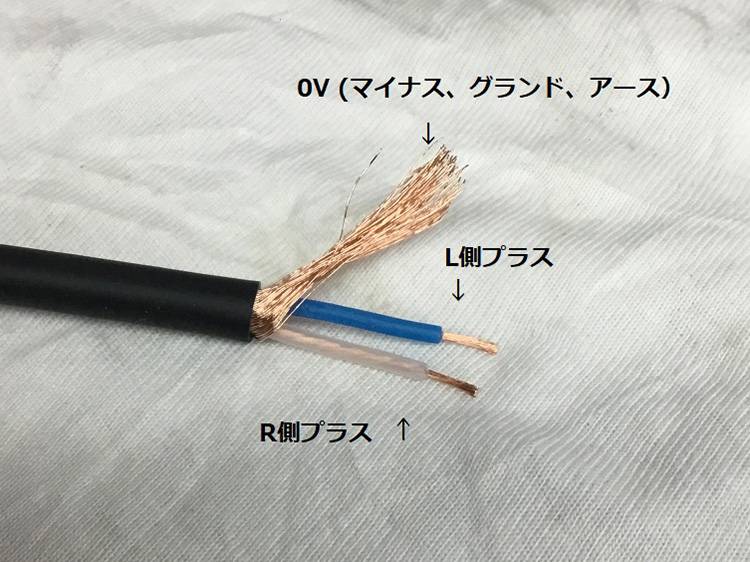
The minus signal is always 0V. In other words, regardless of how loud or quiet the sound is, it remains constant at 0V.
Conversely, the plus signal fluctuates, increasing or decreasing in response to the volume.
This is how sound is transmitted.
Therefore, it makes sense to combine the minus signals for both the right and left channels since they are both 0V and do not fluctuate.
Exactly right! Adding multiple 0Vs still results in 0V without any change or fluctuation.
On the other hand, the plus signals for the right and left channels need to be separate as they vary independently.
This means a headphone cable only needs three wires: a common minus (0V), a plus for the right channel, and a plus for the left channel.
This concept is illustrated in the image above.
This is the basic structure of a stereo cable.
Since there are three wires inside the cable, the plug naturally has three contact points.
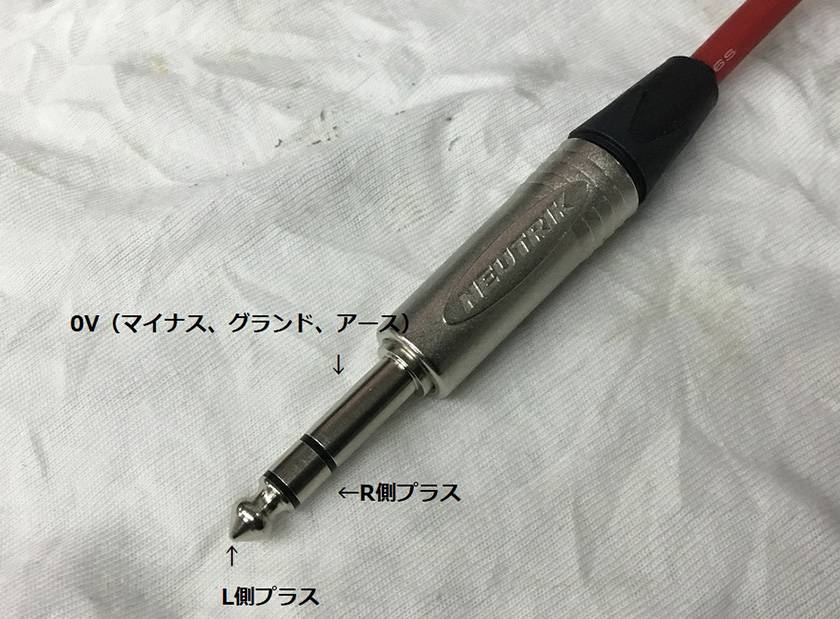
How about that? I hope you now understand the concept of stereo transmission.
*Note: There are exceptions where stereo cables contain four internal wires. This likely stems from the manufacturer's belief that "the 0V for the right channel and the 0V for the left channel cannot possibly be the same 0V!"... or something along those lines.
And now for one of the most important points: there are cables that are not stereo despite having the same three bundled wires.
These are balanced cables.
They use the same cable as stereo ones, but the function of the plug and cable itself is completely different.
This method was devised to transmit tiny signals, such as those from a microphone.
While the 0V (ground) is the same as in stereo, the signal swings positive and negative around this 0V point.
It might be a bit confusing, so let me explain with a diagram for clarity.
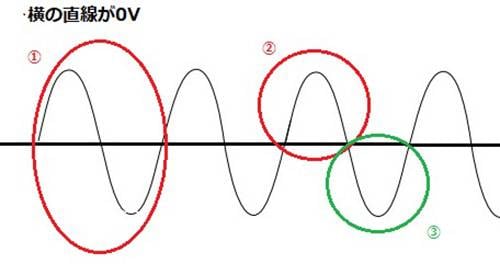
When representing audio or signal as a shape, it usually takes the form of a wavy line.
①represents one cycle. To put it simply, it's like taking a deep breath in and then exhaling.
For example, it is possible to produce sound while inhaling.
Likewise, it is also possible to produce sound while exhaling.
A balanced signal is the concept of considering the same sound produced while inhaling and exhaling as one continuous entity.
In this context, ② and ③ are the same sound.
In contrast,an unbalanced signal is the concept of considering only the sound produced either while inhaling or while exhaling, but not both.
Naturally, the balanced signal is more efficient.
However, to transmit this signal, separate cables for the inhaled and exhaled signals are required.
This is where the stereo cable comes into play.
A balanced cable transmits the inhaled and exhaled signals through respective cables, centered around 0V.
Although these signals form the same waveform, they are not precisely the same sound.
The positive and negative signals are reversed, resulting in a 180-degree phase difference.
The most important part!!
Therefore, if you plug a stereo signal into a jack designed for balanced signals, not only will you not get any sound, but you also risk damaging the equipment.
The reverse is also true!
Plugging a stereo signal into a balanced input jack will not produce proper sound.
This is getting complicated, so let's stop here for now.
I hope you understand the difference between stereo and balanced signals.
Next time, we'll continue with The Fuzz.







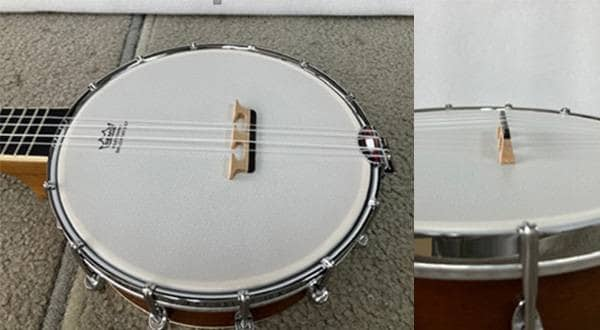


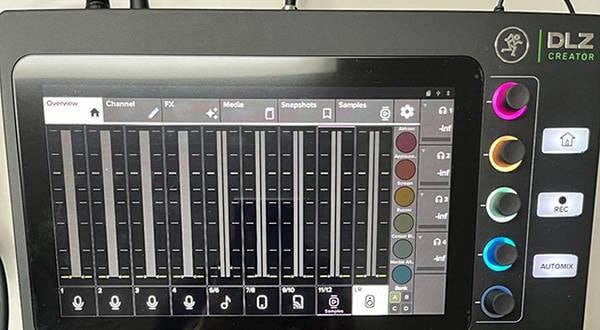
![The Road to Your Complete DIY: 2024 First Edition: Yet Another Special Feature on Tube Amps [EL-34 vs. 6L6GC]](/contents/uploads/thumbs/2/2024/4/20240415_2_26543_1.jpg)
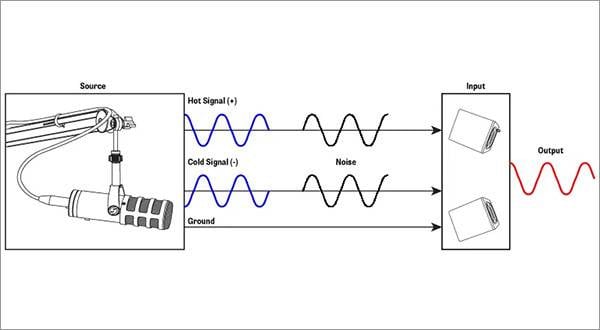
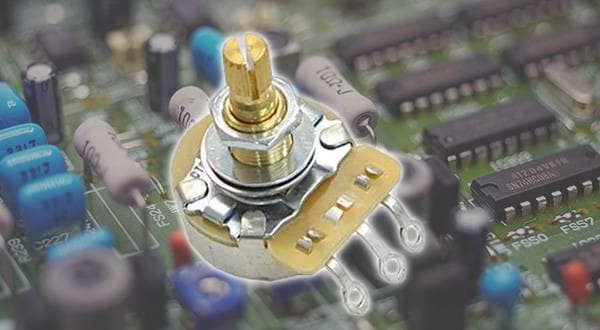
![The Road to Your Complete DIY Equipment: 2nd Edition: The Illusive Vintage Sound! Amplified Buffer Get your hands on the legendary device exclusively used by professionals [Parts]](/contents/uploads/thumbs/2/2023/3/20230303_2_21537_1.jpg)
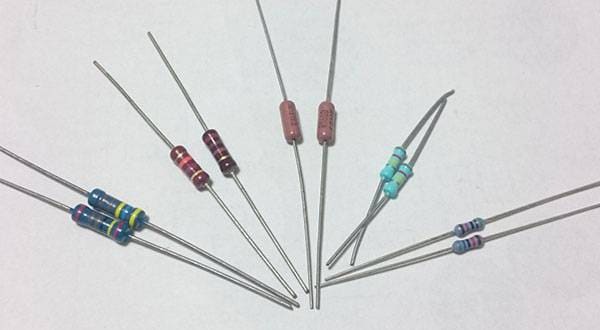
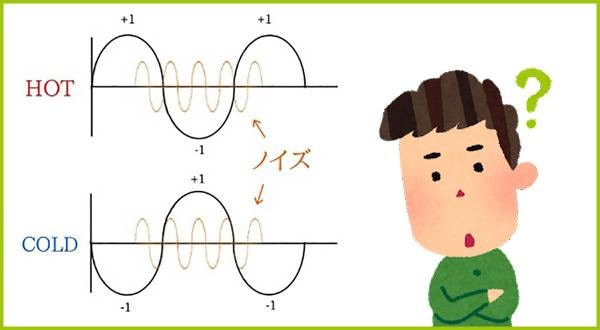
 マイクケーブルの作り方
マイクケーブルの作り方
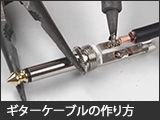 ギターケーブルの作り方
ギターケーブルの作り方
 ケーブルの選び方
ケーブルの選び方
 虎の巻 ケーブル講座
虎の巻 ケーブル講座
 ケーブル購入ガイド
ケーブル購入ガイド
 PAシステム講座
PAシステム講座















